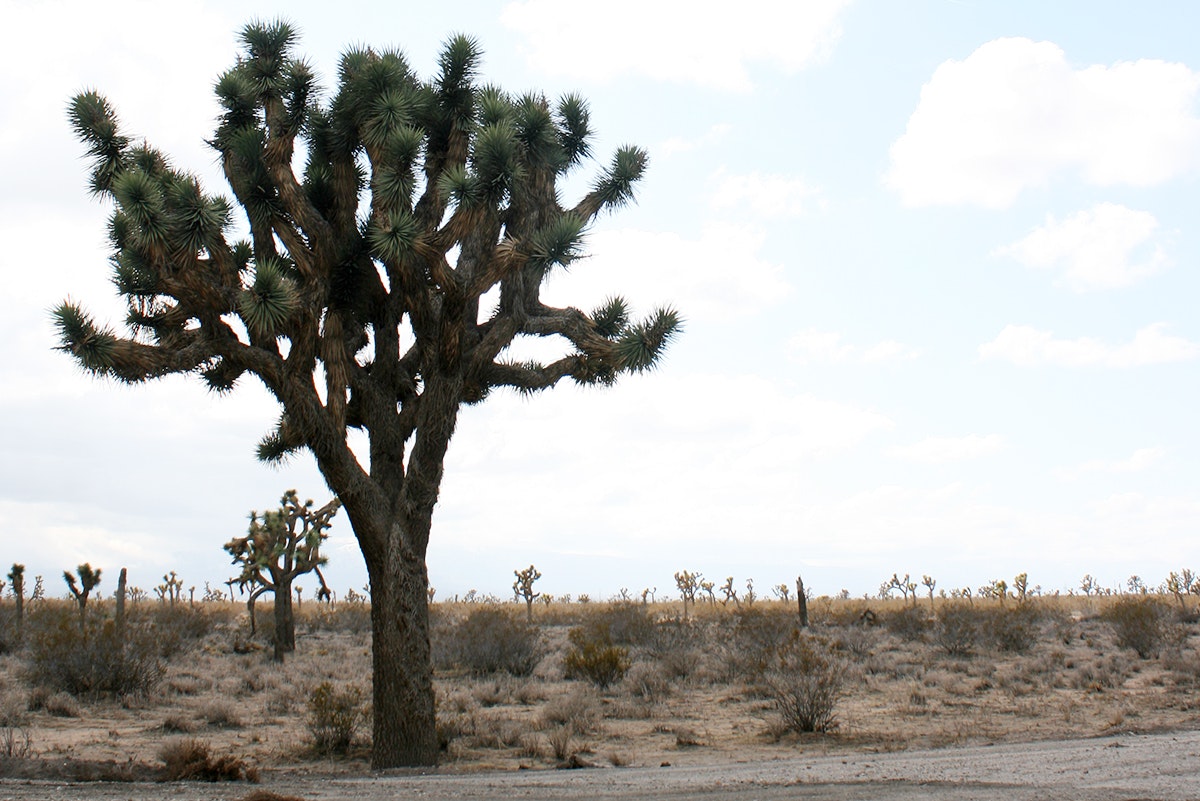Air Quality

About the Mojave Desert's Air Quality
The Mojave Desert is known for its legendary clear blue skies and starry nights, and is not often associated with the characteristic smoggy haze which often envelops the South Coast Air Basin (SCAB), which houses the highly polluted Los Angeles region and the San Bernardino Valley. Nonetheless, due largely to the High Desert's proximity to SCAB and the prevailing winds which transport pollutants from more congested urban areas, we do have an air pollution problem. Violations of the federal ozone standard occur several times each summer, as do violations of the state standard for particulate matter (PM10), usually in the fall and winter. In order to understand why we need to work to improve our air, we need to understand how air quality is determined.
Based upon the potential for health and economic effects, certain substances have been classified as pollutants by federal and state standards. Air monitoring is required to measure the amounts of these pollutants present in our air. When levels become elevated, our air is classified as polluted, and we are required to initiate efforts to clean it up.
In years past, air quality levels for both ozone and particulate matter measured within the AVAQMD's boundaries were much higher than they are now. Efforts by industry both outside and within the AVAQMD's boundaries and advancements in emission controls on vehicles and stationary pollution sources have lead to significant improvements in local air quality. With even better emissions control, and continued help from businesses in both SCAB and in our own back yard, we will continue to work toward achieving state and federal air quality standards for the benefit of all residents living within AVAQMD's jurisdiction.
